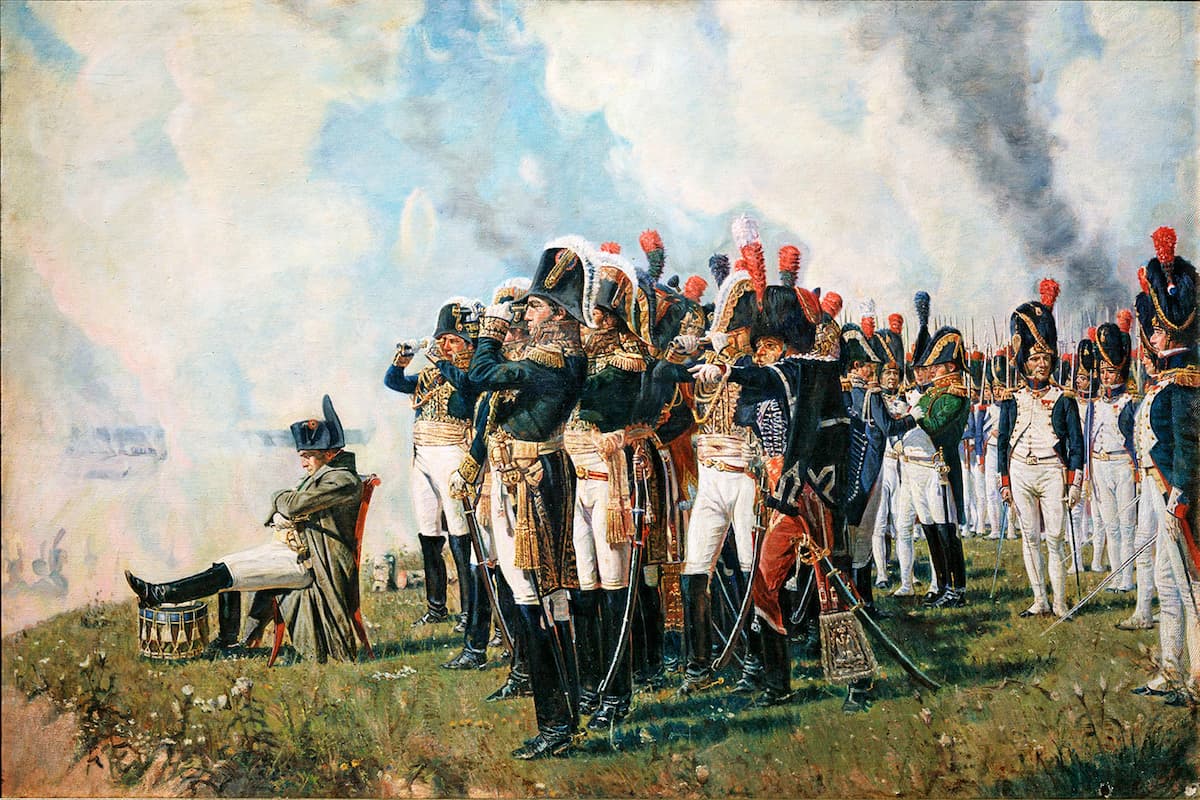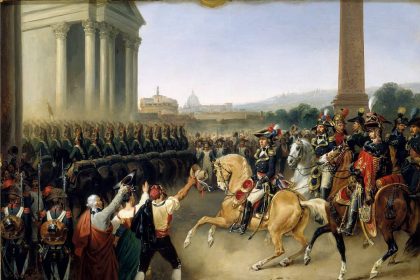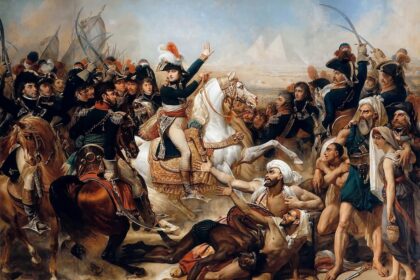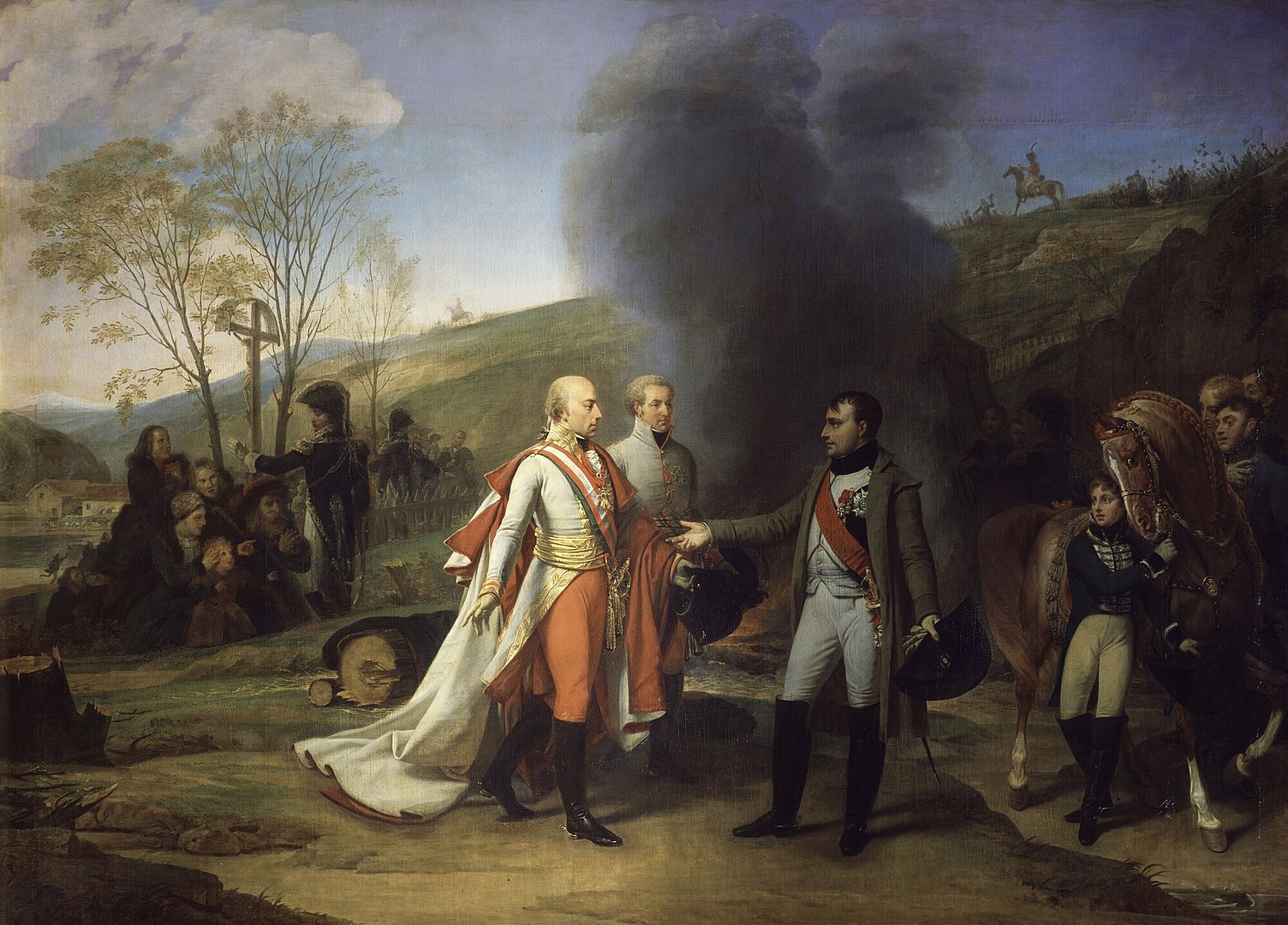Battle of Borodino: Napoleon’s Ill-Fated Campaign
The Battle of Borodino was a significant engagement fought on September 5, 1812, during the French invasion of Russia (part of the Napoleonic Wars). It was one of the largest and bloodiest battles of the campaign.






